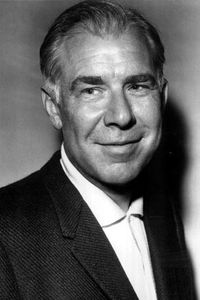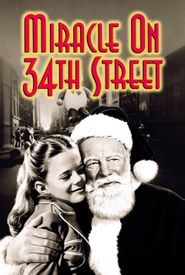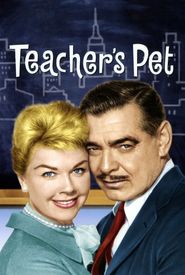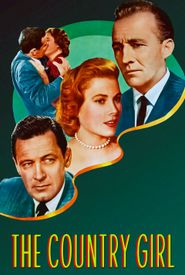George Seaton was a multifaceted individual who made a significant impact in the entertainment industry. Born as George Stenius in South Bend, Indiana, to Swedish parents, he grew up in Detroit and developed a passion for acting.
Despite his father's disapproval, George left school to pursue a career in acting, joining Jessie Bonstelle's stock company for $15 a week. He later changed his name to Seaton, which he believed was easier to pronounce.
In addition to his stage work, George supplied the voice for "The Lone Ranger" on Detroit radio station WXYZ, where he originated the iconic "Hi-yo, Silver!" catchphrase due to his inability to whistle.
In 1933, George sent a play he had written to MGM's office in New York, where it caught the attention of Irving Thalberg. Thalberg recognized George's potential and hired him as a writer for $50 a week, where he worked alongside the famous writing duo of Ben Hecht and Charles MacArthur.
George's breakthrough came when he contributed to the classic Marx Brothers film "A Night at the Opera" (1935). His collaboration with Groucho Marx on the screenplay for "A Day at the Races" (1937) proved to be one of the brothers' biggest hits.
George's work extended beyond writing, as he also ventured into playwriting. However, his first attempt at creating a hit on Broadway, "But Not Goodbye," closed after just 23 performances. He tried again 23 years later with the comedy "Love in E Flat," which received poor critical reception.
George's association with producer William Perlberg led to his involvement in various projects, including the Academy Award-nominated film "The Song of Bernadette" (1943). He remained under contract to 20th Century-Fox as a writer until 1950 and as a director from 1945-50.
George's directorial debut was the musical comedy "Diamond Horseshoe" (1945),starring Betty Grable. The film was a commercial success and featured the classic song "The More I See You." He went on to direct "Junior Miss" (1945) and "The Shocking Miss Pilgrim" (1947),both starring Grable.
However, "The Shocking Miss Pilgrim" was a failure, and audiences were unwilling to accept Grable's "Million Dollar Legs" hidden beneath 1870s skirts. George's next film, the perennial sentimental Christmas favorite "Miracle on 34th Street" (1947),won Academy Awards for Seaton (Best Screenplay),Valentine Davies (Best Original Story),and Edmund Gwenn (Best Supporting Actor) as Kris Kringle.
George's collaborations with Perlberg continued, resulting in films such as "The Big Lift" (1950) and "For Heaven's Sake" (1950). In 1952, the team set up shop at Paramount, where they remained for eight years.
As a co-producer, George worked on big-budget films like "The Bridges at Toko-Ri" (1954) and the classic western "The Tin Star" (1957). He won his second Academy Award for Best Screenplay for his adaptation of Clifford Odets' play "The Country Girl" (1954).
George's output became more sparse during the following decade. He directed Fred Astaire and Lilli Palmer in the stagy but entertaining "The Pleasure of His Company" (1961) and William Holden and Lilli Palmer in the excellent World War II espionage drama "The Counterfeit Traitor" (1962).
His last big success as director was the blockbuster "Airport" (1970),for which he won another Academy Award nomination. Until "Jaws" (1975),this was Universal's biggest money-making picture, earning the studio $45 million in film rentals in the US and Canada alone.
In addition to his work in the film industry, George Seaton was also active within Hollywood as President of the Screenwriter's Guild, President of the Motion Picture Academy of Arts and Sciences (from 1955-58),and Vice President of the Motion Picture Relief Fund. He was a recipient of the Jean Hersholt Humanitarian Award in 1961.
George's wife, Phyllis Loughton, a former Hollywood dialogue director, became the first female mayor of Beverly Hills.
















































